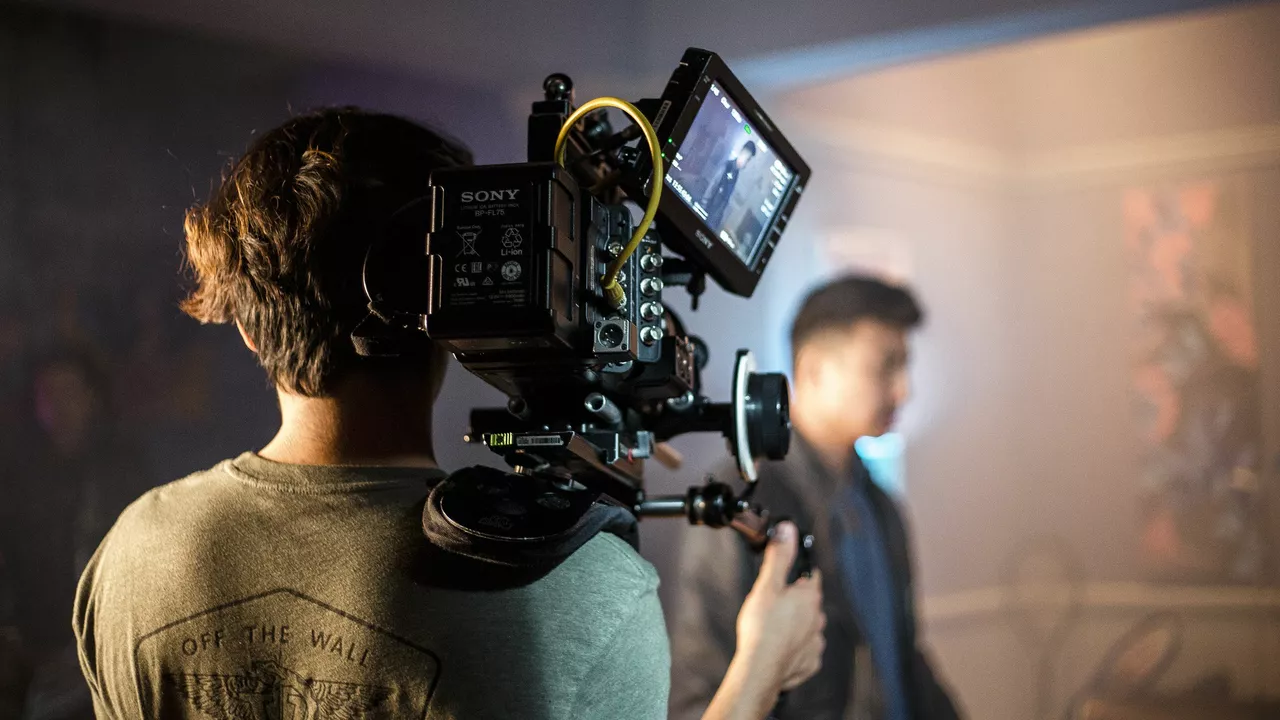Television and Film Production: Why TV Shows Aren’t Filmed Like Movies
Ever wonder why your favorite TV drama feels less glossy than a blockbuster? The answer isn’t magic – it’s the way TV shows are made. From tighter budgets to faster turn‑around times, the whole process is built for a different kind of storytelling.
Budget and Speed: The Money Factor
TV shows work with a lot less cash per episode than movies do per film. That means they can’t splash out on huge set pieces or expensive CGI for every scene. Instead, they focus on locations they can reuse and practical effects that are quick to set up. The result? A look that’s more grounded and less glossy, but still effective for the story.
Speed is another big deal. A TV episode has to be ready in a matter of weeks, sometimes even days. There’s no time for months‑long post‑production like a movie enjoys. Editors, sound mixers, and visual effects artists all work under tight deadlines, which keeps the overall look more straightforward.
Screen Size and Visual Style: TV’s Own Rules
Most people watch TV on smaller screens, so the visual style adapts to that. Directors use tighter framing and simpler lighting so the picture looks good on a couch TV or a phone. Movies aim for the big screen, so they can afford wide‑angle shots, epic lighting rigs, and detailed set designs that lose impact on a tiny display.
Because of these constraints, TV shows often rely more on storytelling and character moments than on visual spectacle. That’s why you might notice more close‑ups and dialogue‑driven scenes in a series compared to a movie’s sweeping action sequences.
My recent post, “Why aren’t TV shows filmed like movies?”, digs into these points in more depth. I talked about how budget limits the special effects a show can afford, and how a weekly schedule forces faster shooting and editing. I also highlighted the fact that TV is made for smaller screens, which changes everything from lighting choices to camera movement.
So, the next time you binge‑watch a series and wonder why it doesn’t look like a Hollywood blockbuster, remember it’s all by design. TV producers balance money, time, and the way you actually watch the show. It’s a smart trade‑off that keeps episodes coming week after week.
If you’re curious about behind‑the‑scenes tricks, keep an eye on our blog. We break down the practical side of making both TV shows and movies, so you can see why each medium feels the way it does. From set design hacks to budgeting tips, we’ve got the inside scoop.
In my latest blog, I explored why TV shows aren't filmed like movies. The main reason is budget - TV shows typically have a smaller budget per episode compared to a movie. This means they often can't afford the same high-quality special effects or grand locations. Also, TV shows need to produce content more quickly to keep up with weekly schedules, which doesn't allow for the lengthy post-production process often used in movies. Finally, they are usually designed for smaller screens, so the visual style and storytelling techniques can be different.
Jul, 18 2023
